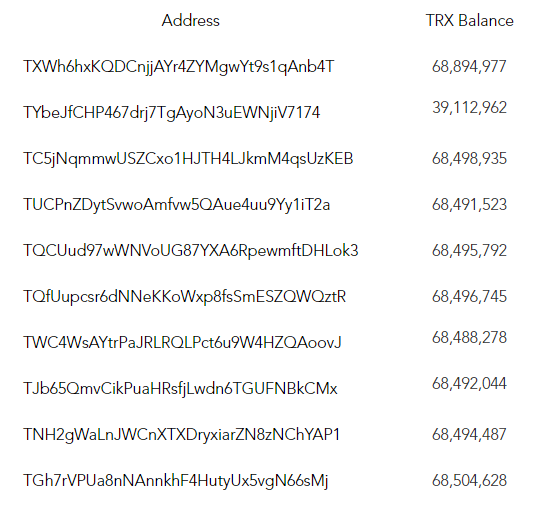Bitcoin SV, the fork of Bitcoin Cash, has set up an STN [Scaling Test Network], specifically intended to test on-chain scaling for large blocks, which also acts as a standard network in the latest update of Bitcoin SV. It was noted that the STN was mining blocks that were more than 1 GB in block size, a development that was celebrated in the BSV camp after a Twitter user, @two2wheel2life, tweeted,
So the #BSV test network mined 6 blocks over 1GB 👀
Two of them were 1.4GB & one of these contained 359,793 transactions! Check out https://t.co/tArDkAwpFR
Just wait until this is happening on main net! 🙂
Are you paying attention yet??#BSV is #Bitcoin #CraigisSatoshi— Conor McGee – $two2wheel2life (@two2wheel2life) May 22, 2019
BSV has a total of four such networks defined, i.e., Mainnet, testnet, regtest, and STN. According to the website, STN was implemented to reduce the impact of scalability testing on testnet and to preserve testnet as a network for testing of applications built on top of Bitcoin SV, without requiring testnet users to make significant hardware available.
Block 11891 on the STN was 0.95 GB in size and processed a total of 9530 transactions in the block. Block 11901 was 1 GB in size, and block 11902 was 1.4 GB in size, which could possibly be the biggest block mined on the STN.

Source: Stn.satoshi.io
Is Bigger Better?
The question of bigger block sizes has sparked quite a few debates, be it Bitcoin, Bitcoin Cash, or Bitcoin SV. It was one of the reasons why Bitcoin Cash forked from Bitcoin and why Bitcoin SV forked from Bitcoin Cash.
However, does massive block size really solve the scaling problem without any drawbacks? The Operations Manager of STN, Brad Kristensen, had some interesting things to say to AMBCrypto about the recent achievements of the STN.
Brad stated,
“We’re very pleased with the results, and I think it’s a strong signal of what is to come from Bitcoin SV on mainnet as we continue to increase adoption. The STN is running the same public release available right now (0.2.0). Anyone can join the STN to test their applications /services.”
According to BSV’s roadmap, the first upgrade for the project will be ‘Quasar,’ which is proposed for July 24, 2019, and will concentrate on scaling by increasing the default block size hard cap.
Centralization or scaling?
Andreas Antonopoulos, a prominent Bitcoin advocate, had a different opinion on the rise in block size for Bitcoin SV. When AMBCrypto reached out to him, he commented,
“Large blocks have a centralizing effect on mining and node operators. It is unlikely that the main BTC chain will increase the blocksize as it has taken a different path for scaling, via layer-2 payment channels (Lightning Network) and on-chain optimizations (Segwit, Schnorr etc.).”
As stated by Antonopoulos at the ‘Bitcoins in Bali’ meetup on June 27, 2017, if the block size is increased in orders of magnitude at a rate that is proportional to the increase in user base, a difficult problem will emerge wherein Bitcoin transitions from a decentralized to a centralized system.
Additionally, Antonopoulos said,
“If my block takes 11 minutes to validate, then i’m off the blockchain, which means fewer people can validate independently, which means the system becomes centralized. With which one of these increases, fewer people can participate in the validation process, fewer people can participate in storing the data, and fewer people can participate in being independent actors. We go from a system that is decentralized to a system that gradually gets more and more centralized.”
The above gives a clear idea of what could happen if the block size increases. However, Craig Wright announced in one of his Medium articles of his plans to increase the block size, giving his opinion on the same,
“The reality is that scaling on-chain is much simpler than anyone likes to admit. There is nothing special to be done in order to achieve this, it is just allowing commercial systems to compete and to remove the false idea that home use and hobby nodes need to be subsidized”
So, how will BSV fare? Will it still be successful after implementing larger blocksize or will it accept the centralization that comes with increased block sizes? Only time will tell.
 ambcrypto.com
ambcrypto.com